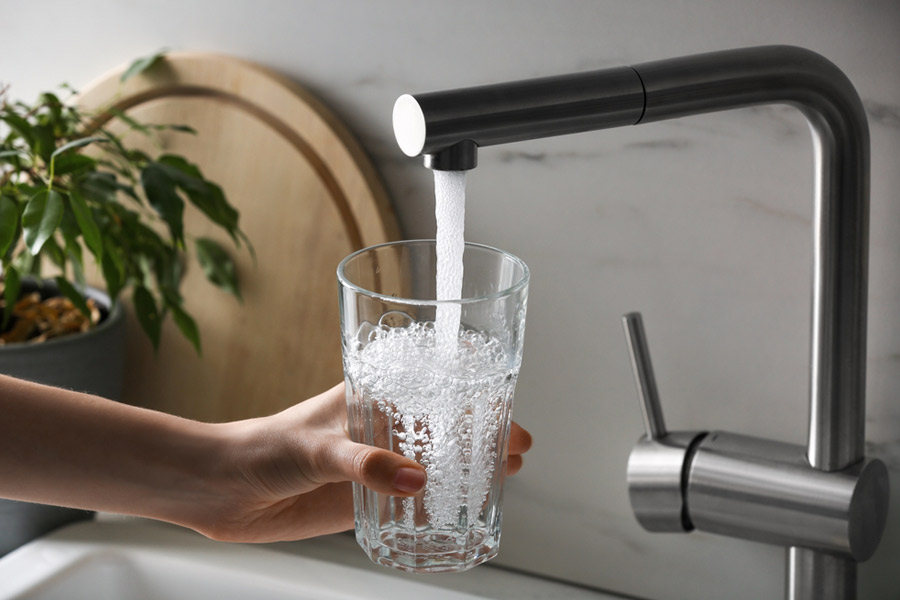The U.S. Environmental Protection Agency on Wednesday announced its first-ever drinking water standard to protect people against toxic "forever chemicals" found in many household and everyday items, and offered $1 billion to states for public water system testing, the agency's first major move to curb the cancer-causing chemicals.
The final rule will affect 6% and 10% of the 66,000 public drinking water systems in the United States and is projected reduce exposure to the group of 15,000 chemicals known as per- and polyfluoroalkyl substances (PFAS) for approximately 100 million people. It would avoid tens of thousands of deaths that have been linked to PFAS, according to the agency.
Dubbed "forever chemicals" because they do not easily break down in the human body or environment, PFAS is found in hundreds of consumer and commercial products, including non-stick pans, cosmetics, firefighting foams and stain resistant clothing.
"The first national drinking water standards for PFAS marks a significant step towards delivering on the Biden-Harris Administration’s commitment to advancing environmental justice, protecting communities, and securing clean water for people across the country," said Brenda Mallory, chair of the White House Council on Environmental Quality, in a statement.
Experts have predicted that the release of new regulations will spur more PFAS-related litigation. Last year alone, lawsuits accusing major chemical companies of polluting U.S. drinking water with toxic PFAS chemicals led to over $11 billion in settlements.
A study released last year by the U.S. Geological Survey found that nearly half of U.S. tap water samples contain PFAS.
The EPA rule will set limits for five individual PFAS chemicals: PFOA, PFOS, PFNA, PFHxS, and HFPO-DA. All public water systems have three years to complete their monitoring for these chemicals and must inform the public of the level of PFAS measured in their drinking water.
In cases where PFAS is found at levels that exceed the standards, the water systems are required to install systems to reduce PFAS in their drinking water within five years.










